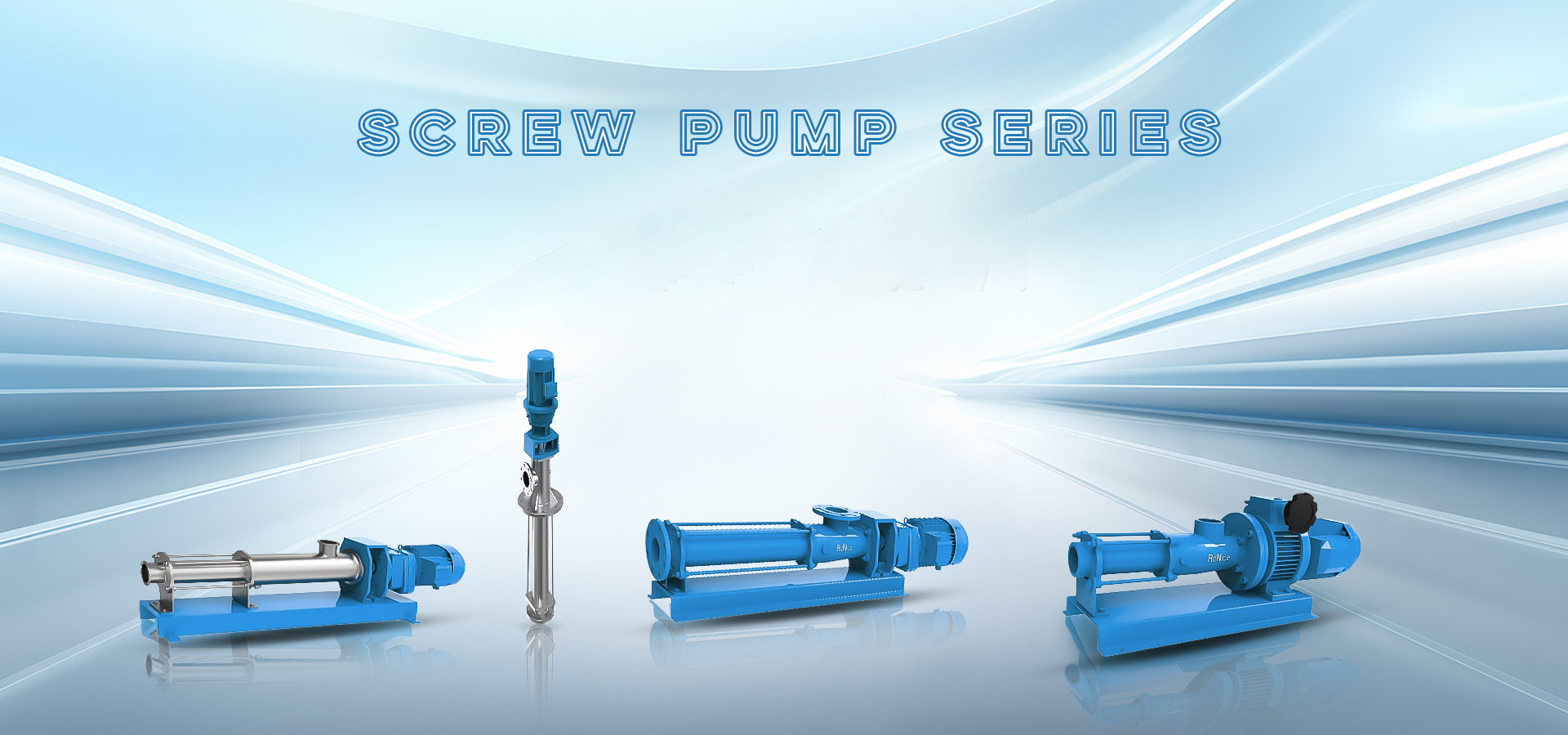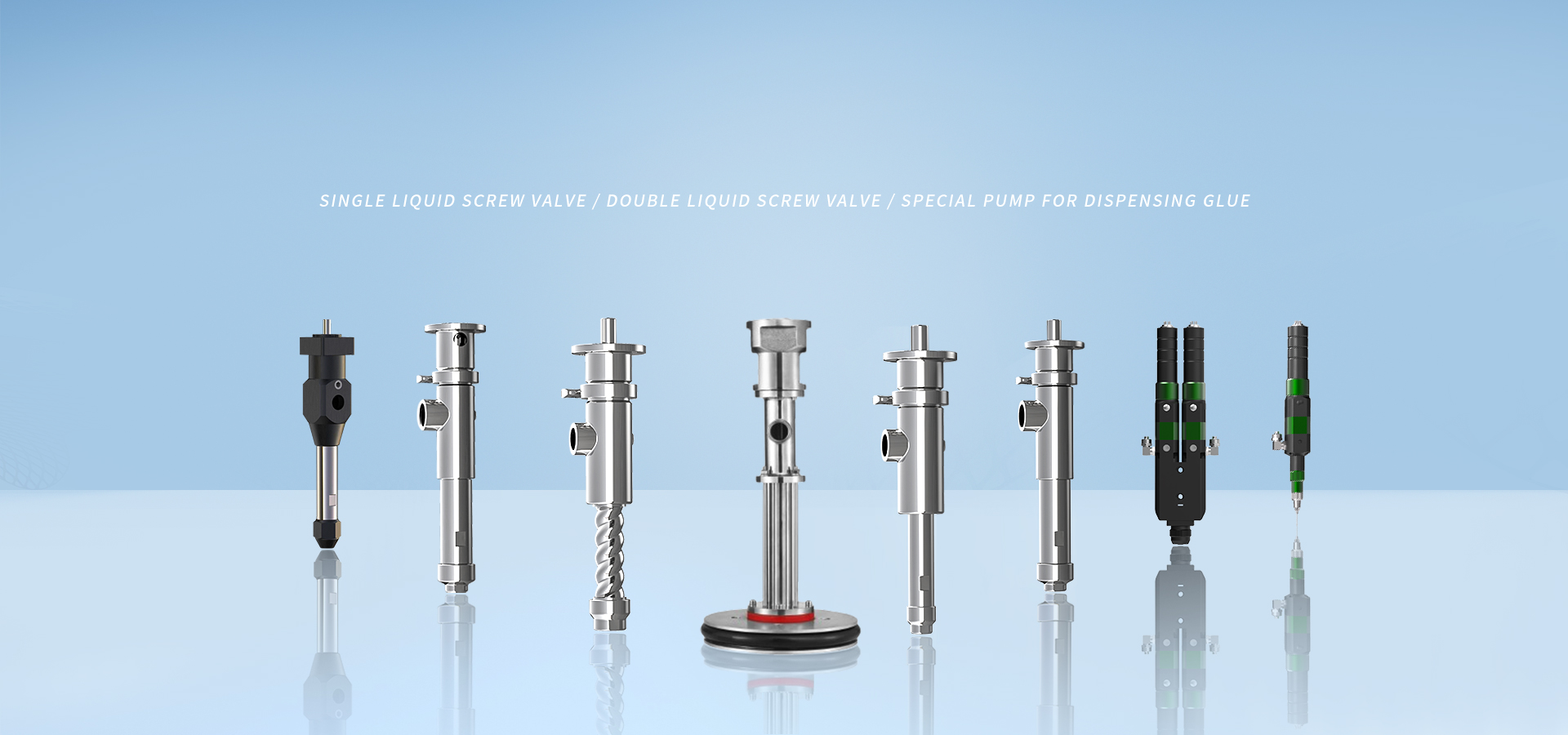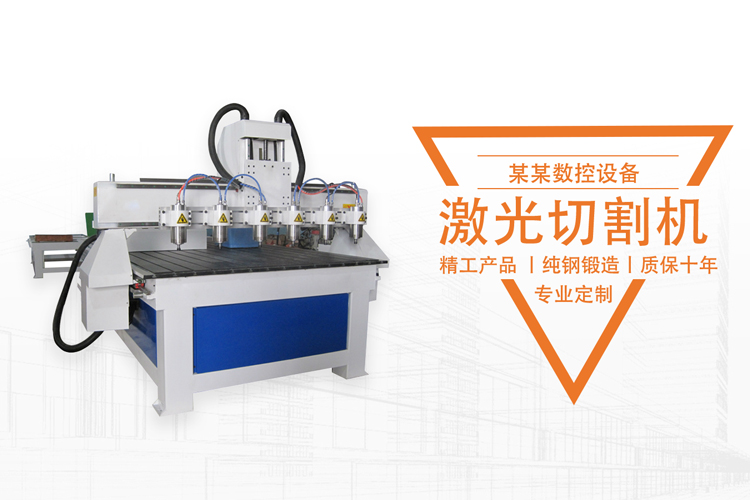Structural Design of Screw Pump
As a fluid conveying equipment widely used in various industrial fields, the importance of structural design of screw pumps cannot be ignored.
1. The main structure of the screw pump
Stator: The stator shell can be made of cast steel or stainless steel, and the internal rubber materials are nitrile rubber (NBR), hydrogenated nitrile rubber (HNBR), ethylene propylene diene monomer (EPDM), fluororubber (FKM), etc.
Rotors: Rotors can be divided into two types: hollow and solid, with specifications such as single head, double head, and multi head. The rotor materials include alloy steel quenching, 304 coating, 316 coating, duplex stainless steel, etc.
Coupling rod: The coupling rod is a connecting component between the rotor and the transmission shaft, with alloy bushings embedded at both ends to increase wear resistance and extend the service life of the pump. There are various types and materials to choose from.
Transmission shaft: The transmission shaft is the output part connected to the reducer motor, which is insertably connected to the reducer shaft and bears the entire operating load. There are various materials available for selection.
Sealing assembly: The main function of these components is to support the screw and maintain its rotational stability, while preventing the leakage of the conveyed liquid. For the material selection and design of these components, full consideration should be given to wear resistance and corrosion resistance.
Reduction motor: The reduction motor can be selected from German NORD, SEW or well-known domestic brands.
2. Key points of structural design
Optimize rotor shape: Select the appropriate rotor shape according to actual needs to improve pump efficiency. For example, for media with high viscosity, a larger pitch and shallower helix angle should be selected.
Accurate fit clearance: The fit clearance between the stator and rotor has a significant impact on the performance of the pump. Excessive clearance can lead to increased leakage, while a small clearance may cause overheating and wear. Therefore, it is necessary to ensure appropriate fit clearances through precision machining and measurement.
Material selection: Select appropriate materials based on the characteristics of the medium being transported and operating conditions to ensure the reliability and lifespan of the pump. For example, for high temperature or highly corrosive environments, it may be necessary to choose materials that are resistant to high temperature or corrosion.

















